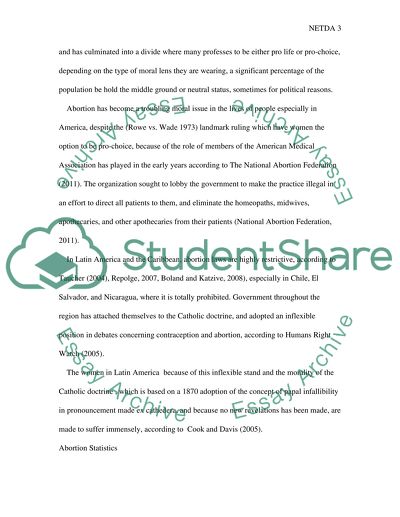Cite this document
(“An Ethical Dilemma for a professional Nurse Research Paper”, n.d.)
An Ethical Dilemma for a professional Nurse Research Paper. Retrieved from https://studentshare.org/nursing/1578139-abortion-an-ethical-dilemma-for-a-professional-nurse
An Ethical Dilemma for a professional Nurse Research Paper. Retrieved from https://studentshare.org/nursing/1578139-abortion-an-ethical-dilemma-for-a-professional-nurse
(An Ethical Dilemma for a Professional Nurse Research Paper)
An Ethical Dilemma for a Professional Nurse Research Paper. https://studentshare.org/nursing/1578139-abortion-an-ethical-dilemma-for-a-professional-nurse.
An Ethical Dilemma for a Professional Nurse Research Paper. https://studentshare.org/nursing/1578139-abortion-an-ethical-dilemma-for-a-professional-nurse.
“An Ethical Dilemma for a Professional Nurse Research Paper”, n.d. https://studentshare.org/nursing/1578139-abortion-an-ethical-dilemma-for-a-professional-nurse.


